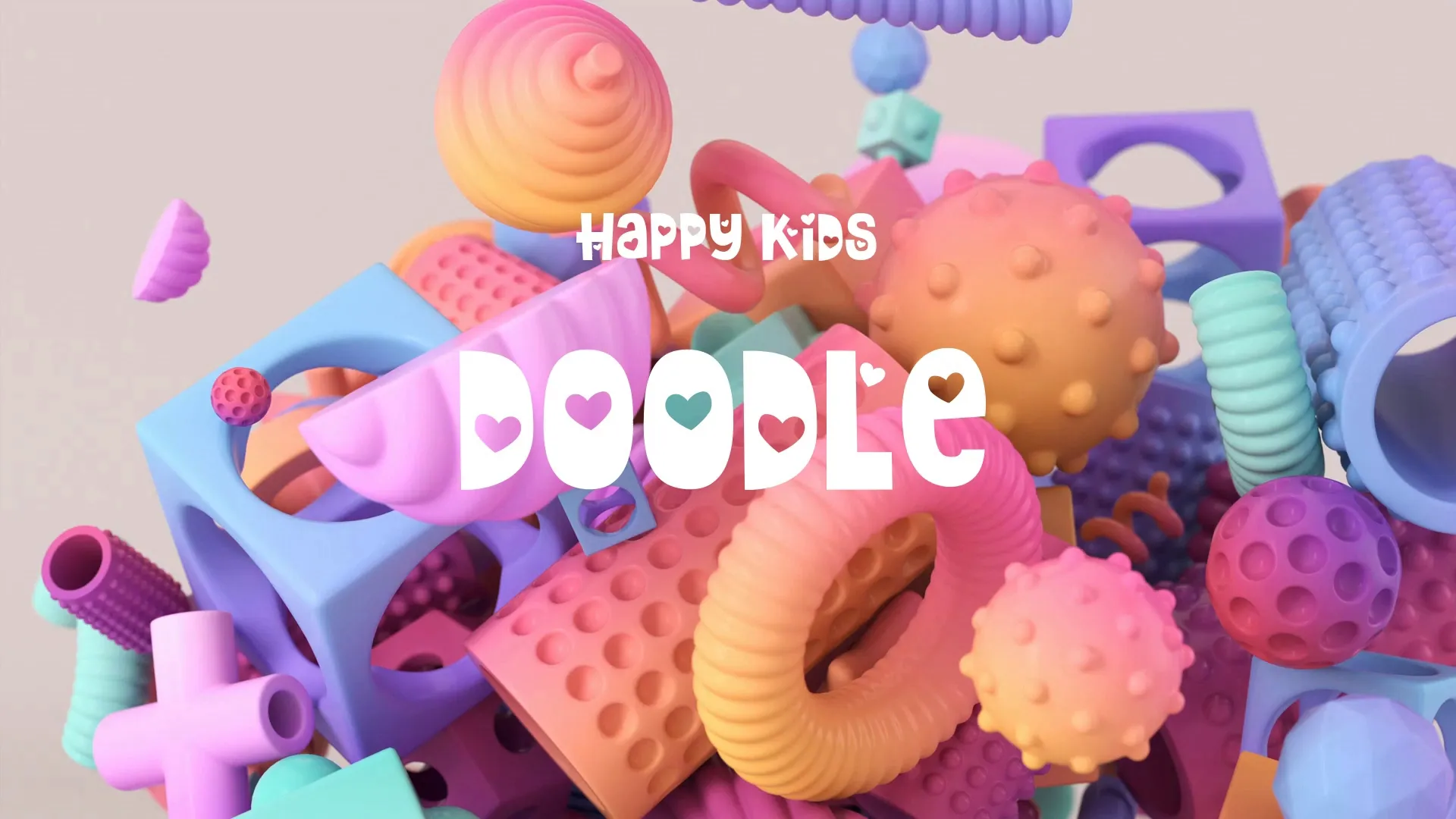Intuitive Game UI/UX: User Research Methods & Design Principles for Immersion
Intuitive game UI/UX is not just a feature; it is fundamental to player immersion. Poor user interface and experience design can break a player’s connection to your game world. This guide explores practical user research methods and core design principles to enhance player immersion.
Understanding Your Players: User Research Methods
Effective UI/UX begins with understanding your audience. User research provides concrete data to inform design decisions, moving beyond assumptions.
Early-Stage Research
Conduct player surveys and interviews early in development to gather initial insights. Ask about player expectations, previous game experiences, and pain points with existing UIs. Analyze competing games’ UI/UX to identify industry best practices and common pitfalls. This competitive analysis helps define a baseline for your own design.
Playtesting & Observation
Implement moderated playtests where you observe players directly as they interact with your game. Note where players hesitate, express confusion, or struggle with UI elements. Remote playtesting tools can also gather data from a wider audience, often with heatmaps and click tracking. These methods provide invaluable qualitative and quantitative data on actual player behavior.
Feedback Analysis
Systematically categorize and prioritize all collected feedback, looking for recurring themes. Distinguish between subjective preferences and critical usability issues. Use this analysis to identify core problems that require design solutions, not just cosmetic changes.
Core Design Principles for Intuitive UI/UX
Building an intuitive interface requires adherence to established design principles. These principles ensure your UI serves the player without demanding excessive cognitive load.
Clarity and Consistency
Ensure every UI element has a clear purpose and is easily understood. Maintain consistent visual language, iconography, and interaction patterns throughout the game. Players should instinctively know what to do and what to expect from your interface.
Feedback and Responsiveness
Provide immediate visual and auditory feedback for every player action. Buttons should highlight, menus should animate, and sounds should confirm inputs. This responsiveness reassures players that their actions are registered and understood by the game.
Efficiency and Accessibility
Design UI flows that minimize the number of steps required to complete common tasks. Consider accessibility needs from the outset, including customizable text sizes, colorblind modes, and remappable controls. An accessible UI expands your potential player base and enhances the experience for everyone.
Immersion through Subtlety
Integrate UI elements naturally into the game world whenever possible, rather than overlaying them. Use diegetic UI that exists within the game’s narrative space, like a character’s watch showing health. When non-diegetic UI is necessary, ensure it is unobtrusive and visually aligns with the game’s art style.
Common Pitfalls and How to Avoid Them
Even experienced developers can fall into common UI/UX traps. Awareness of these pitfalls can save significant development time and player frustration.
Overloading the UI
Avoid cluttering the screen with too much information or too many options at once. Prioritize essential information and use progressive disclosure to reveal complexity only when needed. Minimalistic design often leads to a cleaner, more intuitive experience.
Ignoring User Feedback
Dismissing player feedback as mere complaints is a critical error. Every piece of feedback, even if poorly articulated, points to a potential area for improvement. Continuously iterate on your UI/UX based on real player insights.
Create a free account, or log in.
Gain access to free articles, game development tools, and game assets.























